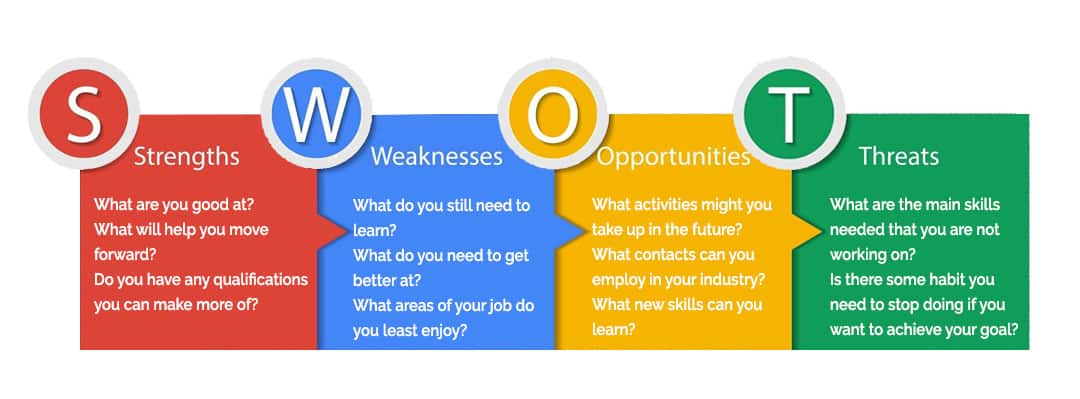You want (and need) your highly successful project managers to generate sales opportunities for your firm. Your clients love them and the work they do, but there's one problem. Your strongest DOERS aren't seller-doers. Nothing against them, they work hard. Nevertheless, many of these PM's are uncomfortable engaging with clients about upcoming pursuits. When asked about business development efforts, even your top performers will say that it's slow, or they don’t have the time. However, conversations with our clients indicates that the majority of PM's aren't sure how to effectively create new project opportunities. Among many Project Managers, there's a stigma that generating sales opportunities is pushy, manipulative, and self-interested That’s not why they chose this profession. They want to help people and solve problems, not add on to them.
Jen Newman of Ignite Coaching and Consulting, one of Client Savvy’s premier consulting partners and a leader in seller-doer training says, “Project managers feel they understand what is wanted of them (i.e. generate sales) but they also feel they are not trained in how to do this. They don’t feel they have the skills needed so it is easier to talk about utilization rates and time.”
How can your firm help them overcome this obstacle? Is there something you can offer to help them acquire the skills they need?
A great place to start is to work with your project managers (PMs) to create a personal development plan. Your firm depends on the strategic planning process to achieve its goals. This process is just as important for your PMs. Their personal development plan (PDP) gives them a tool to consider and prioritize their personal and professional goals. And, it gives you the chance to work with them to bridge the gap between what is wanted and how to achieve it. Last, it gives your PMs peace of mind because they know there is a plan in place and clarity on exactly what is expected of them. Chances are your firm has some form of professional development program. A PDP can easily be integrated into what you are already using. Personal development expert Jim Rohn said: “When you look at successful people, you will almost always discover a plan behind their success. It is the foundation for success.” I couldn’t agree more.
Where to start?
Creating a personal development plan is a process that defines what is important to you, what you want to achieve, what strengths you have that will help you achieve your goals and areas you will need to improve and develop. It’s easy to overcomplicate this process so you might suggest your PMs start by identifying 1 – 2 goals you mutually agree upon regarding their taking a stronger business development role. An example might be:
- Bring in two new projects this year from an existing client.
- Join one professional association related to their field where they have the chance to interact with prospects.
Set Deadlines
If you have a goal without a deadline, it probably won’t happen. We all focus on the tasks we feel accountable to achieve. It is equally important to be realistic when setting deadlines. It may be a good idea to wait to set the deadline for achieving the goal until you and your PM have discussed their SWOT Assessment (see sample diagram below). If some skills needed will take some time to accomplish, set interim goals that allow you to check in on progress.
SWOT Analysis
Although we are used to thinking of this as a tool to assess organizations, a SWOT analysis is just as handy for assessing an individual’s ability to achieve their goals. Once you and your PM have set goals, have them create a chart (see figure) and use each part to identify strengths, weaknesses, opportunities, and threats. Each quadrant contains questions to get your started.
 Everyone has strengths and knowing what they are is important in gaining the confidence needed to achieve goals that have previously seemed difficult or unattainable. An excellent tool to help identify (and understand) your team’s strengths is the Gallup StrengthsFinder assessment. There is no single set of strengths that is better than another to enable your PMs to achieve success in business development. What is important will be their ability to recognize and capitalize on the strengths they have.
Everyone has strengths and knowing what they are is important in gaining the confidence needed to achieve goals that have previously seemed difficult or unattainable. An excellent tool to help identify (and understand) your team’s strengths is the Gallup StrengthsFinder assessment. There is no single set of strengths that is better than another to enable your PMs to achieve success in business development. What is important will be their ability to recognize and capitalize on the strengths they have.
In the same way, we all have weaknesses. But weaknesses fall into two categories. There are personal traits (i.e. not disciplined, not organized), that are part of the way we are wired and not likely to change much. If our weakness is an obstacle to achieving our goals, recognizing this allows us to look for a way to take advantage of a strength to accomplish the same thing. Weaknesses can also be knowledge-based (i.e. training or skill related). One of my team members joined Toastmasters four years ago to overcome her fear of speaking to people at trade shows or at networking events. Today, she is a rock star! Learning to speak more confidently and clearly is a skill that can be learned.
Your behaviors and habits can either support or detract from your ability to achieve your goal. Are there any habits that are threats to you achieving your goals? What are habits or behaviors you recognize you need to stop doing? Conversely, what are actions you can start doing that are opportunities for you to achieve success? Break down these actions into specific steps or activities. This clarifies the specific knowledge and/or training you will want to take advantage of to help you achieve your goals. What resources are needed? Which people will help you? What will success look like? Set specific criteria for measuring how you will know when you have succeeded. Going back to setting deadlines, you want to recognize when you have achieved the goal you set for yourself. Being specific regarding what success looks like allows you to do this.
Measure Progress
The best motivator to stay persistent in achieving goals is to monitor your progress. President Eisenhower once said: “Plans are useless, but planning is indispensable.” Once you’ve created your plan, have your opportunities identified, and are working to achieving your goal; make sure you are reviewing your plan on a quarterly basis. What’s going well? Are you moving forward more quickly than you anticipated in one or more areas? Celebrate that success. If something is not going as well, what can you do differently? Update your SWOT chart as needed to ensure you remain flexible.
How Client Savvy can help
Integrating a Personal Development Plan into your project managers’ performance reviews will give them the tools and/or skills they need so they know how to achieve the goals you want (and need) them to achieve. You will expand your business development team and increase the likelihood of winning additional work and gaining market share with existing clients. And, you will be creating a positive employee experience as you demonstrate your commitment to nurturing your next generation of leaders and provide the training they need to succeed.
Does your firm have the ability to provide all the training needed to help your project managers succeed? Client Savvy has partnered with Jen Newman, Ignite Coaching and Consulting. Jen’s Doer-Seller Business Development Training is a proven, comprehensive plan that includes helping your PMs put together a personal development plan. The program sessions are designed to guide participants through all the stages of business development. They include hands-on workshops along with practical assignments, allowing participants to work simultaneously toward their goal of securing a new client or enhancing an existing one. Click here to download full brochure.





